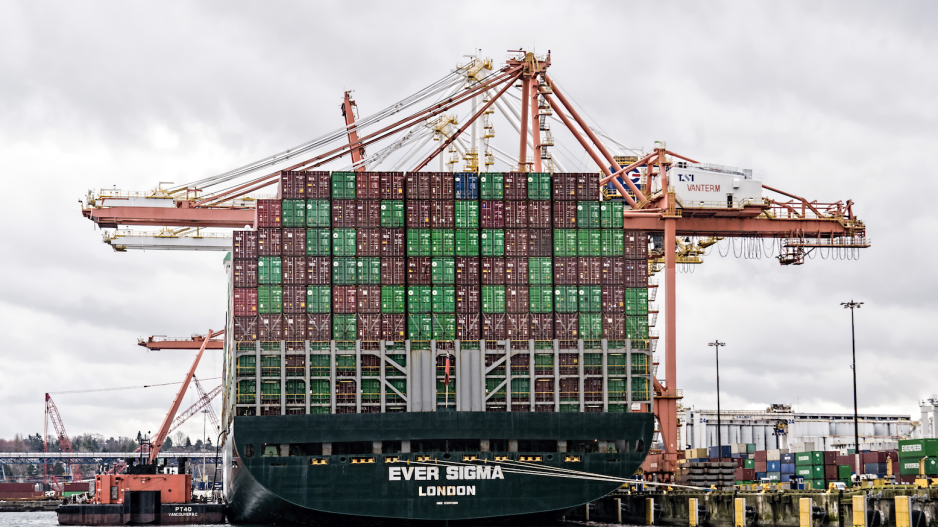China’s slumping economy is not a big cause of concern for exporters of Canadian agricultural products despite the significance of that market, says an economist.
It is Canada’s second largest agricultural market behind the United States.
Sales to China have steadily climbed, except for a three-year period between 2019 and 2022 when shipments of canola were disrupted by a political spat.
So, it is worrisome to hear reports about an economic slowdown in China.
“We’re seeing much slower growth than we’re used to seeing in China,” said Stuart Bergman, chief economist with Export Development Canada.
The country will struggle to meet the government target of five percent growth for 2023, which is the weakest target in three decades.
The economy began slowing during the pandemic lockdowns and has had difficulty getting back on track.
China’s exports plunged by 14.5 percent in July compared to the same month one year ago, while imports fell by 12.4 percent.
However, imports of agricultural goods have fared far better. For instance, soybean imports in July 2023 reached 9.7 million tonnes, a 15 percent increase over the previous July, according to the Dim Sums blog.
Soybean imports for the first seven months of the year were 62.3 million tonnes, up 15 percent from the same period last year, while meat imports are up 9.5 percent and edible oil imports have soared by 119 percent for the same seven-month period.
“Slowdown or not, China still needs to eat,” said Bergman.
“The biggest threat to Canadian ag exports to China is frankly geopolitical rather than macroeconomic.”
A prime example of that is how China has diversified away from the U.S. after a prolonged trade war with that country.
Brazil overtook the U.S. as the world’s largest exporter of agricultural products to China in 2021.
But China’s transition away from its rapid growth phase is still a concern for exporters of agricultural goods. The country’s voracious appetite during that phase is behind the recent multi-year bull run in grain markets.
The economy is slowing down as China transitions from a developing country to a developed country.
Policymakers are moving away from investment-driven growth in favour of a consumption-driven economy.
But there have been some big hiccups along the way, such as the “extreme slowdown” in the property sector, which accounts for one-third of the Asian giant’s economy. There was a huge overbuild in response to the urbanization of China.
The country is instead being forced to rely on government stimulus to spur economic activity, but local governments are heavily in debt already and reluctant to spend more.
Another problem is that China’s population is aging and shrinking, which puts constraints on the labour force.
But despite all the recent troubles, Bergman remains optimistic about the potential for agricultural exports to the country because the underlying fundamental is that China has 20 percent of the world’s population and 10 percent of its arable land.
“That’s the very basic math,” he said.
“There will always be a market for Canadian agricultural products.”
Contact [email protected]




